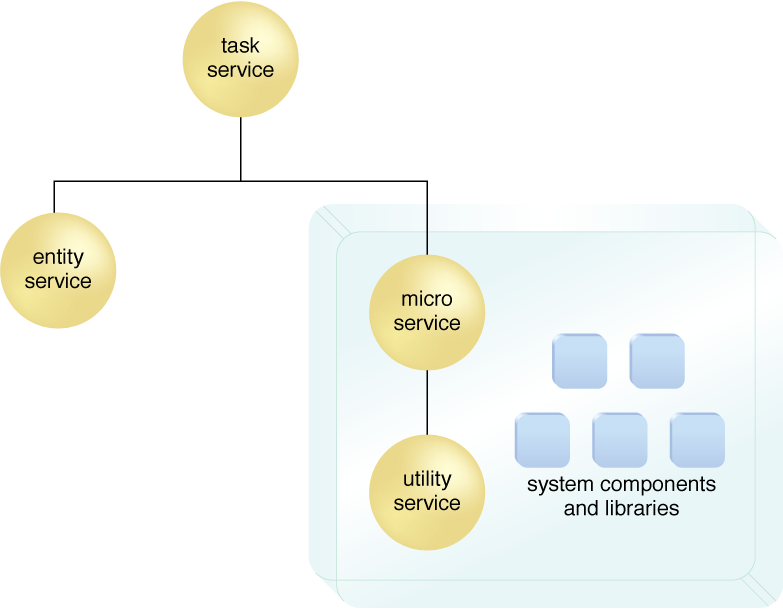Microservice and Containerization Patterns > Containerization Patterns > Containerization
Containerization (Erl, Naserpour)
How can an environment be provided with maximum support for services with high-performance recovery and scalability requirements?

Problem
Solution
Application
An example of how containerization technology can be used to further increase the autonomy and mobility of services.

An example of how containerization technology can be used to further increase the autonomy and mobility of services.
This pattern is covered in Module 10: Advanced Microservice Architecture & Containerization..
For more information regarding microservice and containerization courses and accreditation,
visit the Microservice Architect Certification program page..
